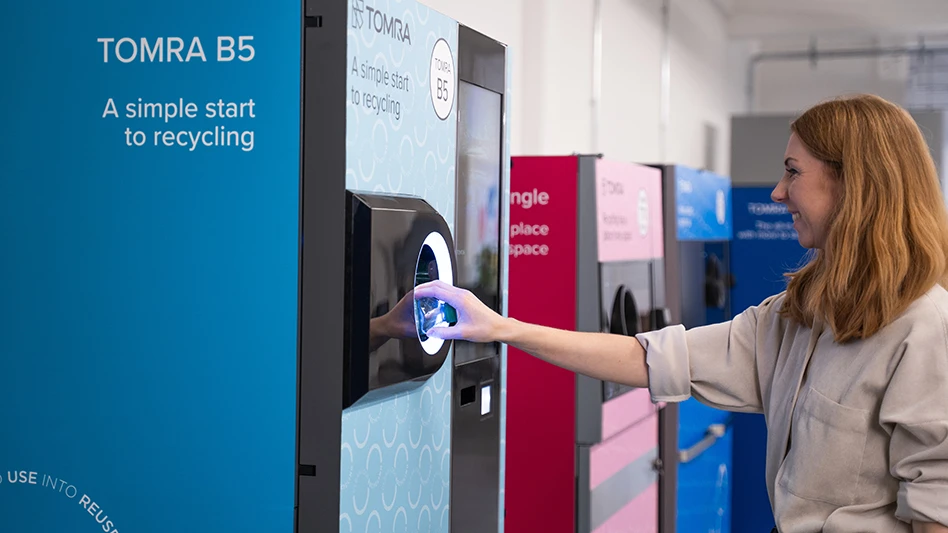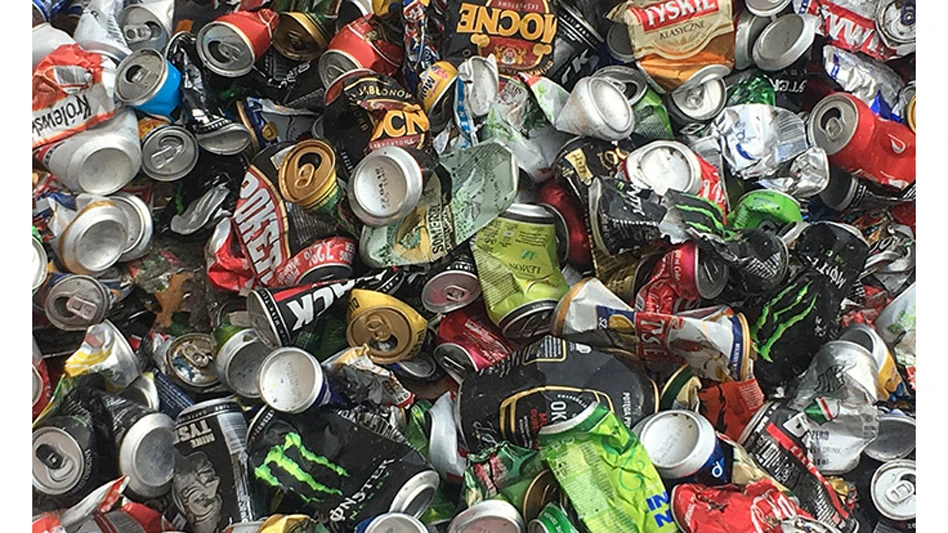
Photo by Brian Taylor.
In the previous decade, paper and board mills in the People’s Republic of China brought in as much as 30 million tons of recovered fiber annually to that nation, as its export-based economy produced containerboard and corrugated boxes at world-leading levels.
China remains a world leader in producing board and making boxes, but for inexplicable reasons, it now engages in that production without the benefit of importing old corrugated containers (OCC) and other scrap paper grades used to produce cost-effective paperboard. (The reason seems to pertain to the questionable label of “foreign garbage” being applied to OCC.)
Presentations and a panel discussion at the 10th Asian Recycled Fiber and Containerboard Conference in early December helped shed some light on how China’s board producers have adjusted to the disappearance of this once favored feedstock.
Tang Yanju, a secretary general with the China Resources Recycling Association (CRRA), said her association is involved in efforts to bolster recovered fiber collection in China. Tang said this is taking the form of a “market-based” system for industrial and commercial collection and a “public environmental service” format for residential material.
Paper and board producers and recycling firms have been signing contracts with local and provincial governments to open collection and sorting facilities throughout China, says Tang. The national government envisions a “more centralized and efficient” paper recycling system, changing from a formerly “decentralized” model, she added.
Among the companies operating such sorting centers is Shanghai-based Shanying International Holdings, according to Yan Dalin, a vice president and board member of that firm. Yan said Shanying has expanded its domestic sourcing radius for recovered paper beyond a former 300-kilometer (185-mile) limit “to make sure we have enough supply.”
Yan said Shanying also has made investments in recycled-content pulp production overseas. Shanying now has the capacity to convert more than 1.4 million tons per year of recovered paper into pulp. Most of that production is in Thailand, although the company also produces a recycled-content dry pulp product at smaller plants in the Netherlands and the United Kingdom.
In a panel discussion at the conference, Lucy Yao of Shandong Sun Paper said that firm is operating a pulp facility in Laos to help supply furnish. She said Sun also uses more domestic OCC generated within China, although the quality or yield of that material does not match imported OCC.
Fellow panelist Jennifer Li of Dongguan Jianhui Paper said that firm has chosen Thailand as the location of a pulp mill that converts overseas recovered fiber into a recycled-content product that can be shipped to its mill in South China.
RISI Fastmarkets economist Echo Xu said India-based producers of rolled sheets of recycled-content pulp have had success exporting to China in 2021. This is perhaps in part because the product looks like finished paper and does not incur the scrutiny of customs inspectors.
The early December RISI Fastmarkets event was held in Wuhan, China, and online for those unable to attend in person.
Latest from Recycling Today
- ReMA urges open intra-North American scrap trade
- Axium awarded by regional organization
- China to introduce steel export quotas
- Thyssenkrupp idles capacity in Europe
- Phoenix Technologies closes Ohio rPET facility
- EPA selects 2 governments in Pennsylvania to receive recycling, waste grants
- NWRA Florida Chapter announces 2025 Legislative Champion Awards
- Goldman Sachs Research: Copper prices to decline in 2026





